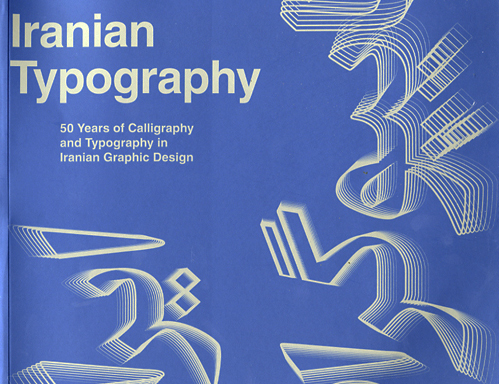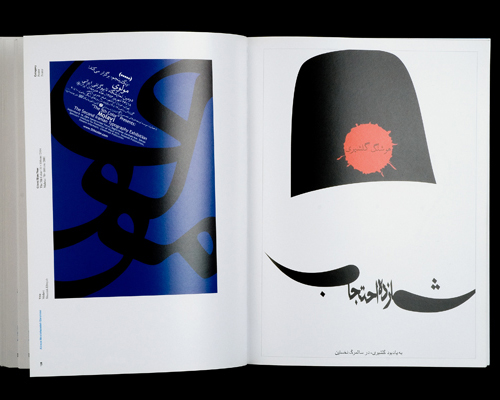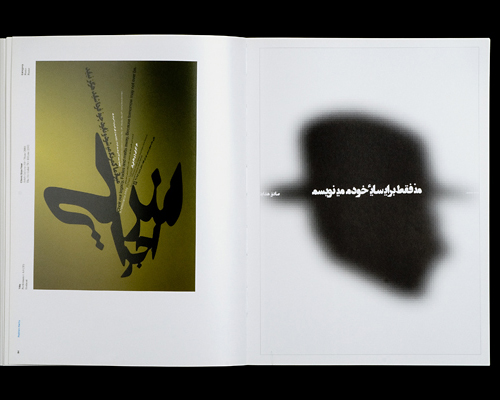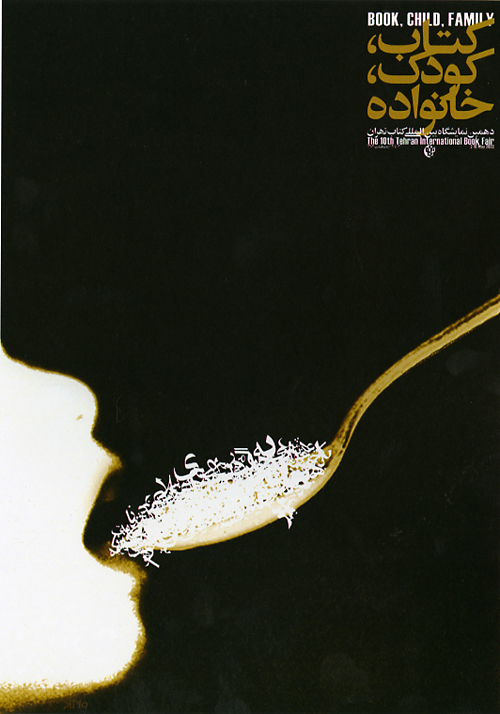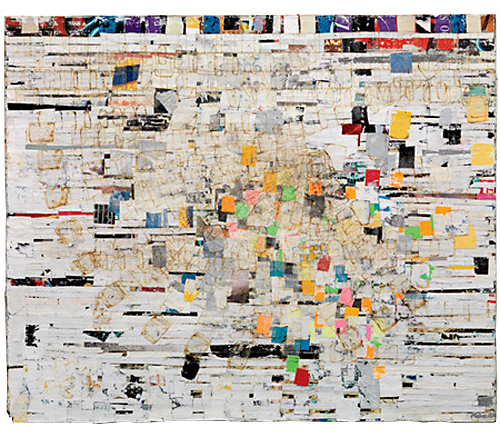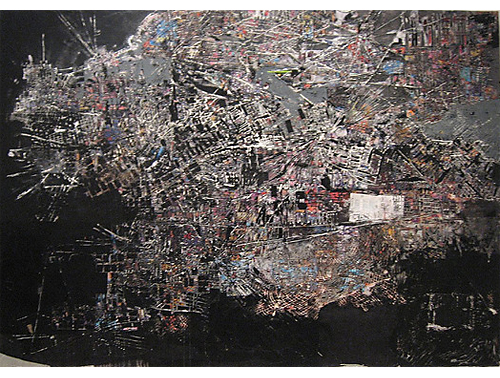Iranian Typography
Monday, February 21st, 2011
A recent posting on the imprint: EXPANDING THE DESIGN CONVERSATION blog calls our attention to a new book on Iranian typography. As a designer practicing in the United States, it’s often easy to forget about opportunities provided by letterforms different than the ones we use every day. A few years ago, I was lucky enough to see some posters—I believe from Iran, as well—at the Boston Center for the Arts’ Mills Gallery. Some of these took advantage of the idea of type as object—certainly not unfamiliar to audiences here—but with the calligraphic feel of the Persian characters, the effect was often profoundly different.
The catalog is the result of a relationship between Iranian designers and the Basel School of Design, showing 50 years of logo design and posters from the Iran. That’s a lot of history, especially when you consider that the first examples come from a very different world—one in which the country was under the rule of the Shah and much more connected to interests in the West. Looks like this book is worth a good look. More information from the publisher is here. Copies can be ordered from Amazon here.
